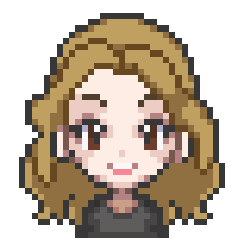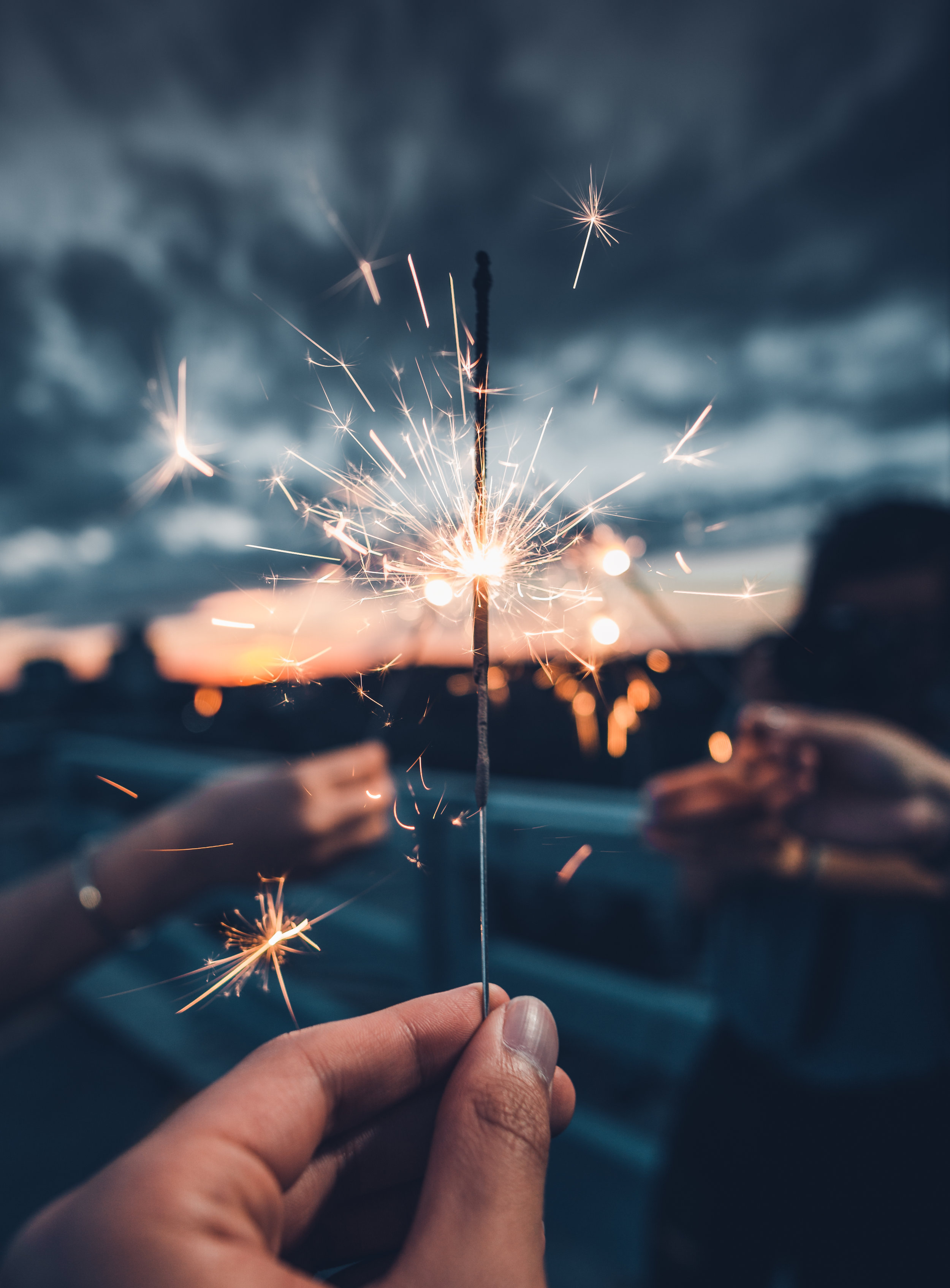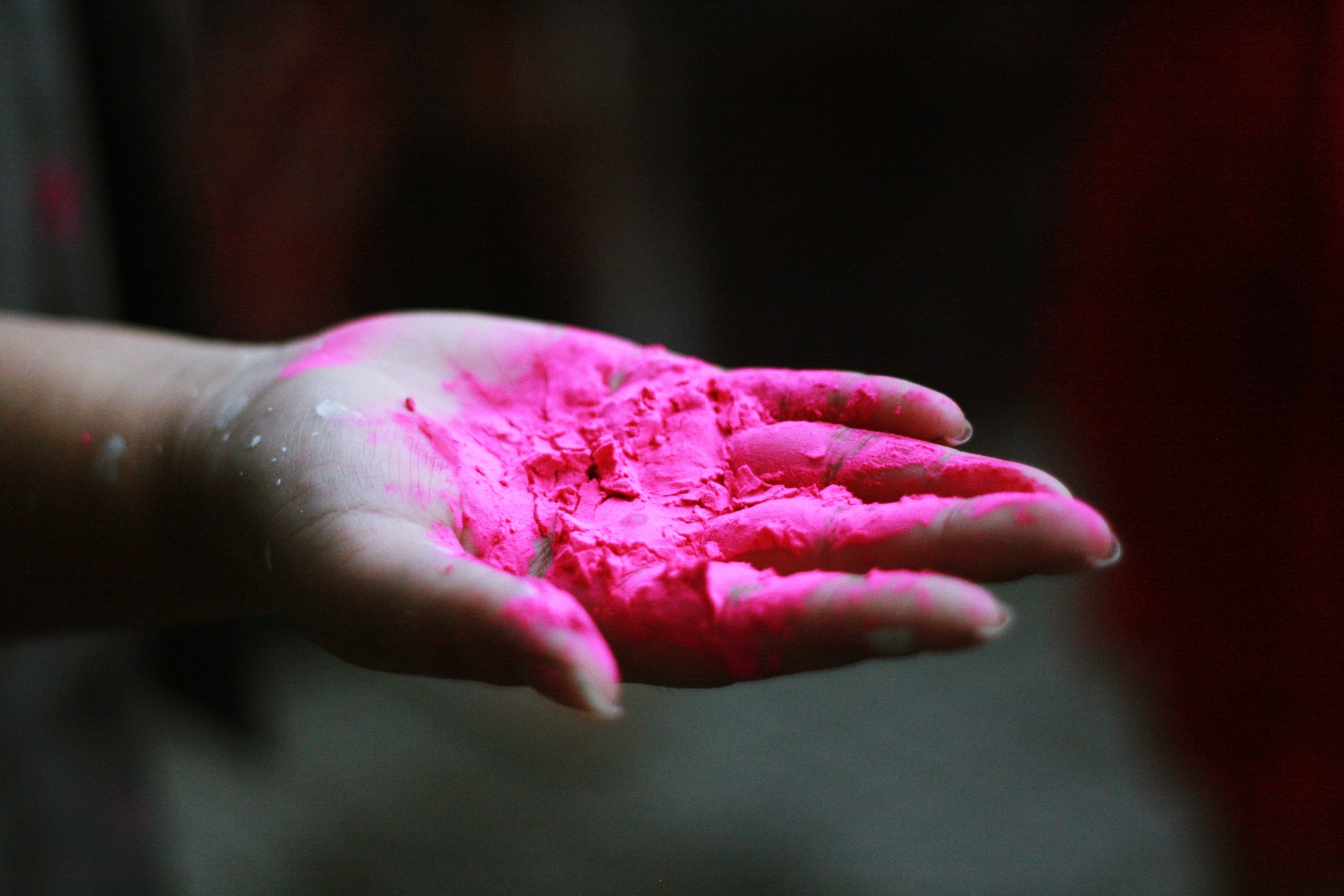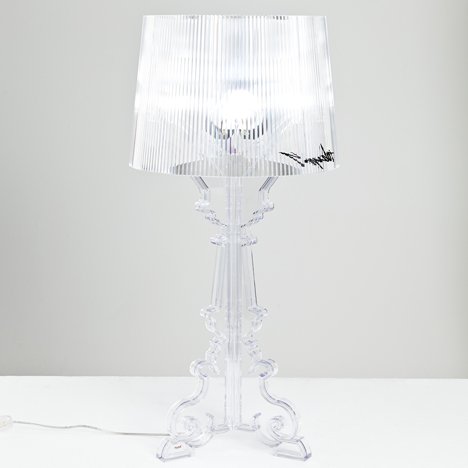In a previous article, I talked about ace-ing the process of design with feelings I described how clients should share their feedback by using feelings instead of dictating the visual …
Why do we call initial designs the “Look and Feel?” How do we want clients to give us feedback on initial design concepts? How do we narrow down designs more …
Take inspiration from places outside your comfort zone is where you’ll find new beginnings. One of the ways to improve your style, taste, and design is by exploring different methods …
This is a new app I've been designing over at MartianCraft, called Re:quest. Send questions from your iPhone to a friend's Apple Watch for fast, and easy answers. Write questions …
©—2025 Cat Lo. All Rights Reserved ↗ Privacy Policy






